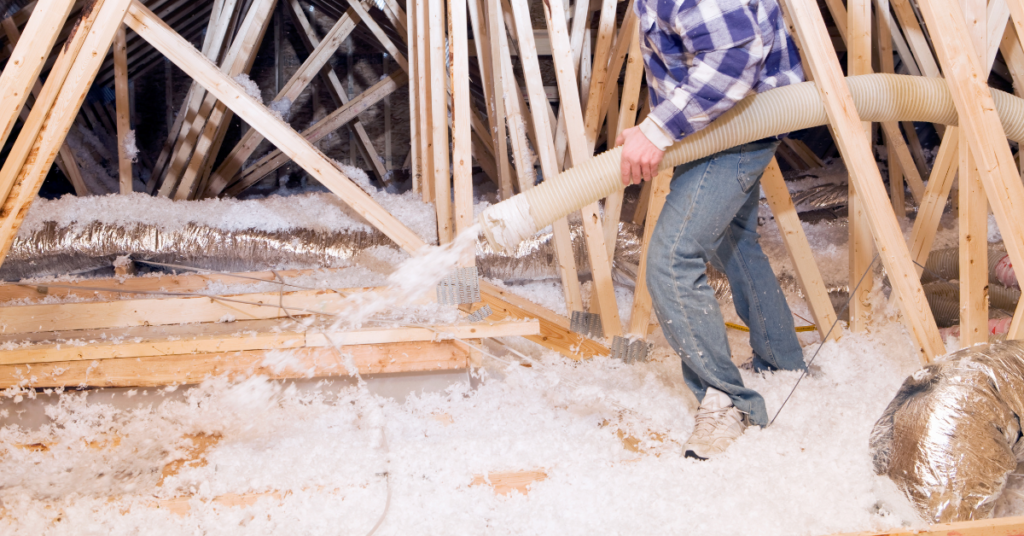
Summer in the Willamette Valley can be beautiful, but the heat can turn your attic into an oven. A hot attic not only makes your home less comfortable, but it can also lead to higher energy bills and potential damage to your roof and stored items. Here’s a comprehensive guide on how to keep your attic cool during the summer months.
Insulation
Proper insulation is the first step in maintaining a cool attic. Insulation serves as a barrier, keeping heat from infiltrating your living areas. In the Willamette Valley, blown-in cellulose and fiberglass batt are popular insulation types for attics.
- Check Existing Insulation: Inspect your attic insulation for any signs of wear or gaps. The U.S. Department of Energy recommends at least 10-14 inches of insulation.
- Add More Insulation: If your attic is under-insulated, consider adding more. This can significantly reduce the amount of heat that enters your home.
Ventilation
Good ventilation is crucial for a cool attic. It allows hot air to escape and fresh air to enter, balancing the attic temperature.
- Types of Vents: Ridge vents, soffit vents, and gable vents are common types of attic vents. Each plays a role in ensuring air flows correctly through your attic.
- Ensuring Adequate Ventilation: Check that your vents are not blocked by insulation or debris. Proper ventilation ensures the attic temperature stays similar to the outdoor temperature.
Radiant Barriers
Radiant barriers are reflective materials installed in attics to reduce heat gain. They are especially effective in hot climates.
- How They Work: Radiant barriers reflect radiant heat rather than absorbing it. This keeps your attic cooler by reducing the amount of heat transferred from the roof to the attic space.
- Installation Tips: Install radiant barriers on the underside of your roof. Ensure there’s a gap between the barrier and the roof to allow for airflow.
Attic Fans
Attic fans help expel hot air, making your attic cooler. They can be powered by electricity or solar energy.
- Benefits: Attic fans reduce the temperature in your attic by up to 50°F, which can lower your home’s cooling load and extend the life of your roof.
- Choosing the Right Fan: Solar attic fans are eco-friendly and cost-effective. Electric fans offer more power but may increase your energy bill.
Sealing Air Leaks
Air leaks in your attic can let in hot air and let out cool air, making your insulation and ventilation less effective.
- Identifying Leaks: Common leak areas include gaps around plumbing, electrical fixtures, and attic hatches.
- Sealing Techniques: Use caulk or spray foam to seal small gaps. Larger gaps may require insulation or weatherstripping.
Additional Tips
- Light-Colored Roofing Materials: Light-colored roofs reflect more sunlight and absorb less heat. Consider this if you’re replacing your roof.
- Landscaping for Shade: Plant trees or install awnings to provide shade for your roof and attic.
- Regular Maintenance: Regularly inspect your attic for signs of damage, wear, or inadequate insulation and ventilation.
Taking the Next Steps for a Cooler Attic
Keeping your attic cool in the summer is essential for maintaining a comfortable and energy-efficient home. By ensuring proper insulation, ventilation, and sealing air leaks, you can significantly reduce attic heat. Consider radiant barriers, attic fans, and even light-colored roofing materials to further improve your attic’s temperature.
If you need professional advice or services to keep your attic cool, contact Stutzman & Kropf. We’re here to help you create a comfortable and energy-efficient home.
